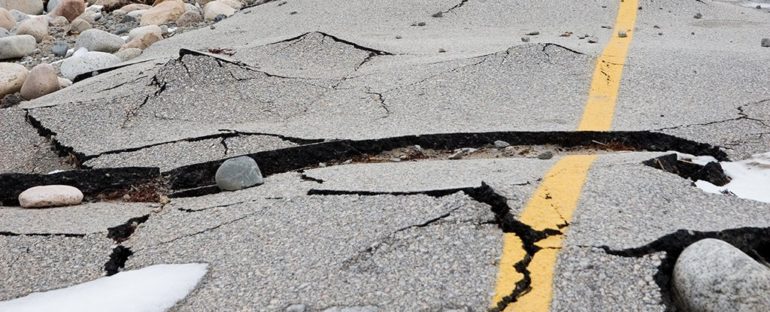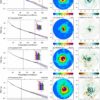For some time, seismologists have been aware of brief, subtle anomalies in underground electrical fields leading up to an earthquake, sometimes occurring as soon as a few weeks before the quake happens.
It’s tempting to think these electromagnetic bursts could be used to predict when a quake will strike. Up until now, however, the cause of the strange bursts hasn’t been clear.
New research suggests that the key lies in the gases that get trapped in what’s known as a fault valve and can build up ahead of an earthquake. These impermeable layers of rock can slip across a fault, effectively creating a gate that blocks the flow of underground water.
When the fault valve eventually cracks and pressure decreases, carbon dioxide or methane dissolved in the trapped water is released, expanding in volume and pushing the cracks in the fault. As the gas emerges, it also gets electrified, with electrons released from the cracked surfaces attaching themselves to gas molecules and generating a current as they move upwards.
“The results supported the validity of the present working hypothesis, that coupled interaction of fracturing rock with deep Earth gases during quasi-static rupture of rocks in the focal zone of a fault might play an important role in the generation of pre- and co-seismic electromagnetic phenomena,” write the researchers in their published paper.
Using a customized lab setup, the team was able to test the reactions of quartz diorite, gabbro, basalt, and fine-grained granite in scaled-down earthquake-like simulations. They showed that electrified gas currents could indeed be linked to rock fracture.
The type of rock does make a difference, the scientists found. Rocks including granite have lattice defects that capture unpaired electrons over time through natural radiation rising from below the surface, and that leads to a larger current.
And the type of fault seems to have an effect as well. The study backs up previous research from the same scientists into seismo-electromagnetics, showing how carbon dioxide released from an earthquake fault could be electrified and produce magnetic fields.
Other hypotheses about the electromagnetic bursts include the idea that the rocks themselves could become semiconductors under enough strain and with enough heat, while other experts don’t think these weird bursts are predictors at all.
Until an earthquake is actually predicted by unusual electromagnetic activity – activity that happens a lot on our planet as a matter of course anyway – the jury is still out. But if this idea is backed up by future research, it could give us a life-saving method for getting a heads up on future quakes.
“As a result of this laboratory experiment, it might be possible to detect the electric signal accompanying an earthquake by observing the telluric potential/current induced in a conductor, such as a steel water pipe buried underground,” conclude the researchers.
“Such an approach is now undergoing model field tests.”
The research has been published in Earth, Planets and Space.



